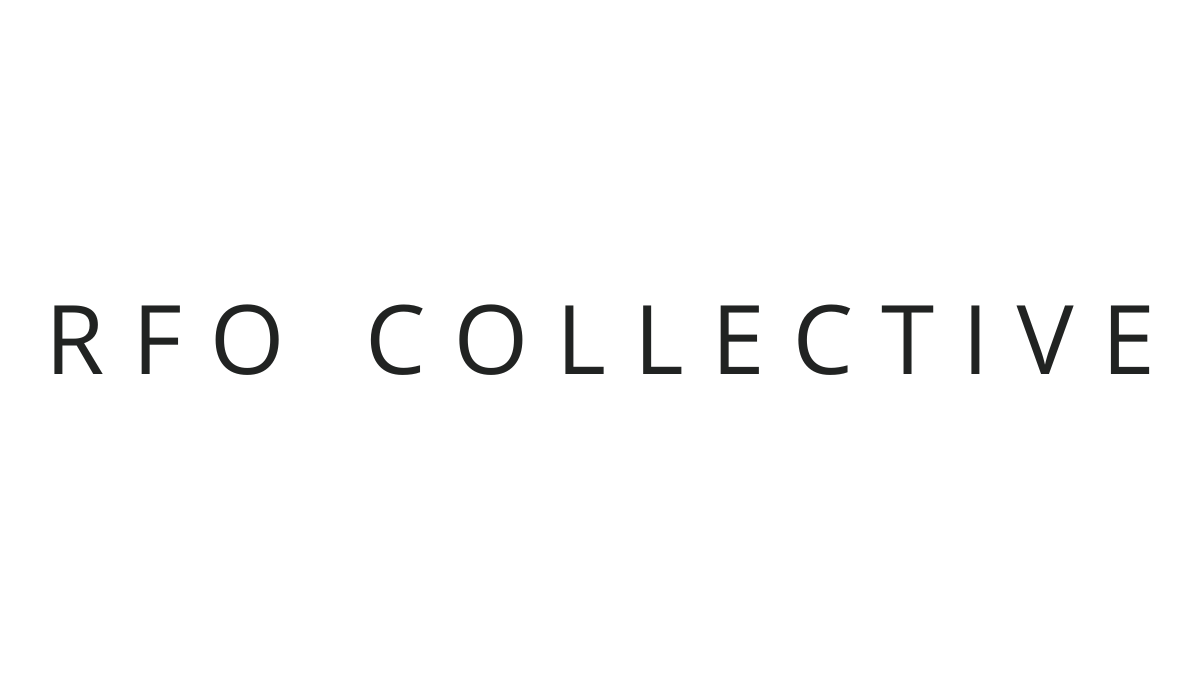Whispers in the Attic: How Trust Illuminated Anne Frank and Peter van Pels' Hidden World
A story of vulnerability, shared secrets, and resilience in the face of darkness.
Anne Frank's diary is a testament to resilience, but it's also a poignant portrait of friendship blossoming in the most unlikely of places: the cramped confines of a hidden annex during WWII. While many remember Anne's crush on Peter van Pels, their relationship delves deeper, offering a glimpse into the power of trust as a lifeline in the face of fear.
Their journey began with a wary distance. Anne, the vivacious chatterbox, found Peter shy and enigmatic. He, in turn, saw her as a whirlwind of energy he barely understood. Yet, the oppressive walls of the annex brought them together. Anne, yearning for a confidante beyond her family, found solace in Peter's quiet attentiveness. "Peter is the only one besides you who understands me," she confided in her diary.
Trust, however, isn't built on mere proximity. It's a delicate tapestry woven with vulnerability and shared secrets. One such thread was Anne's diary. Initially hesitant, she eventually entrusted its pages to Peter, her innermost thoughts laid bare. In return, he confided his own anxieties and dreams, a rare vulnerability in a world consumed by fear. This shared vulnerability cemented their bond, transforming them from acquaintances to trusted allies.
But trust isn't static. It requires constant tending, especially in the face of doubt and conflict. One such test came when Peter's insecurities flared. He felt eclipsed by Anne's vibrant personality, leading to petty arguments and hurt feelings. The silence that followed was deafening. It was Anne who broke it, extending an olive branch with a simple question: "Peter, do you still want to be friends?" This act of forgiveness, a recognition of their shared vulnerability, repaired the tear in their friendship, strengthening it with the resilience of understanding.
Their haven in the annex wasn't just a physical space; it was a crucible of personal growth. Through their trust, they challenged each other. Anne, inspired by Peter's quiet strength, delved deeper into her own self-reflection. Peter, in turn, found his voice, expressing his artistic talents and even writing poetry for Anne. This mutual growth, fostered by trust and acceptance, is a testament to the profound impact of true friendship.
Theirs was a story cut short by the horrors of the Holocaust. Yet, their brief friendship, preserved in ink and memory, stands as a powerful reminder of the enduring power of trust. It shows us that even in the darkest of times, a shared vulnerability can become a beacon of hope, a catalyst for growth, and a testament to the human spirit's capacity for connection.
The story of Anne and Peter is a reminder that trust isn't just a passive quality; it's an active choice, a constant giving and receiving. It's about creating a safe space for vulnerability, offering forgiveness, and celebrating each other's growth. In the face of uncertainty, it's these acts of trust that bind us together, reminding us that even in the darkest corners, the light of friendship can illuminate the path forward.

